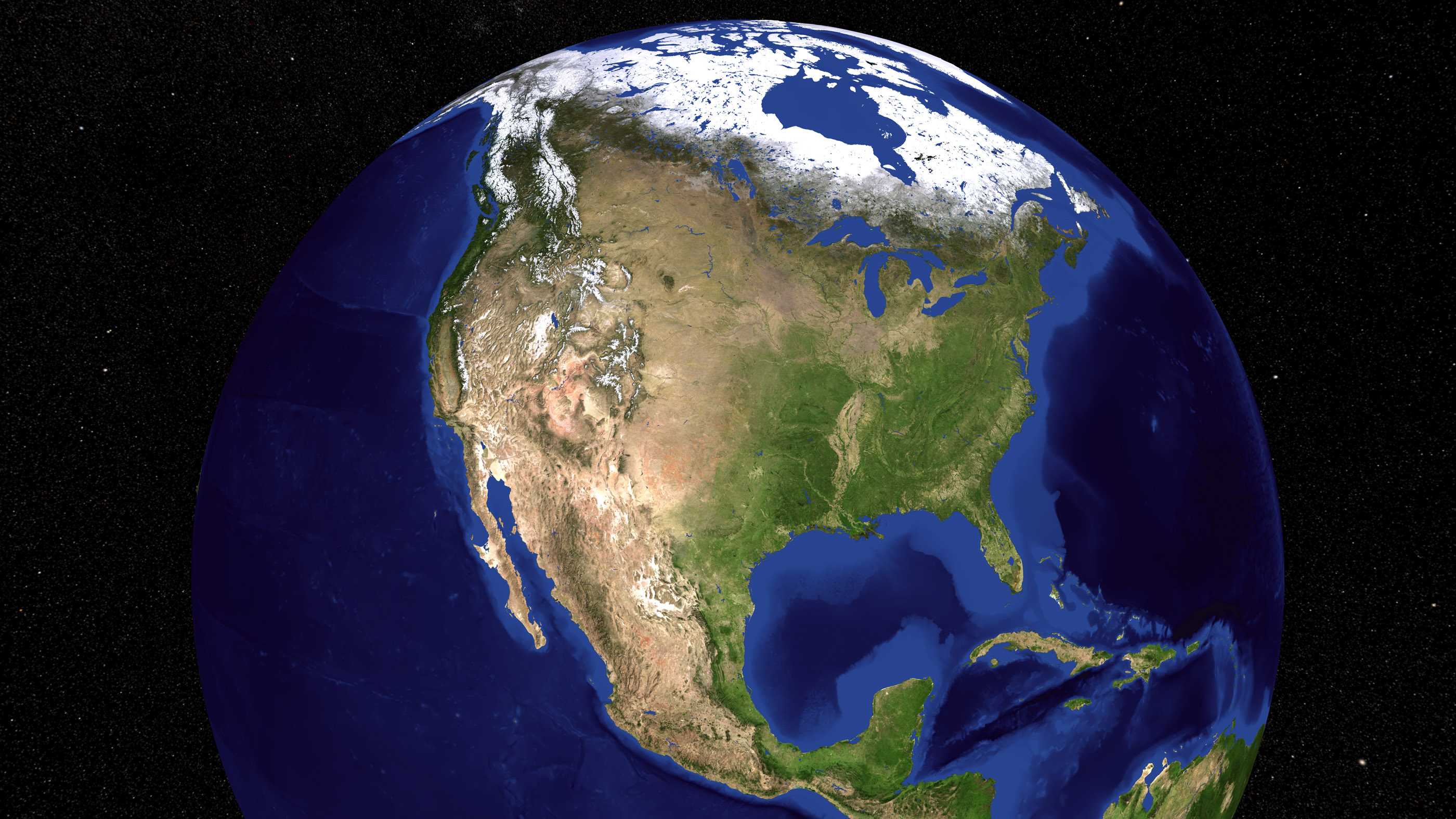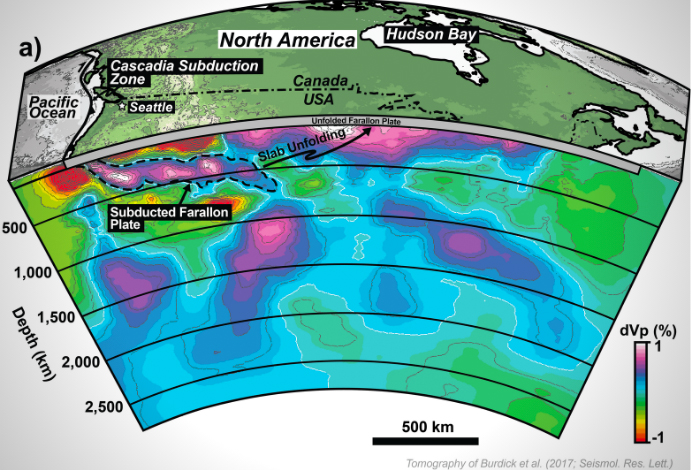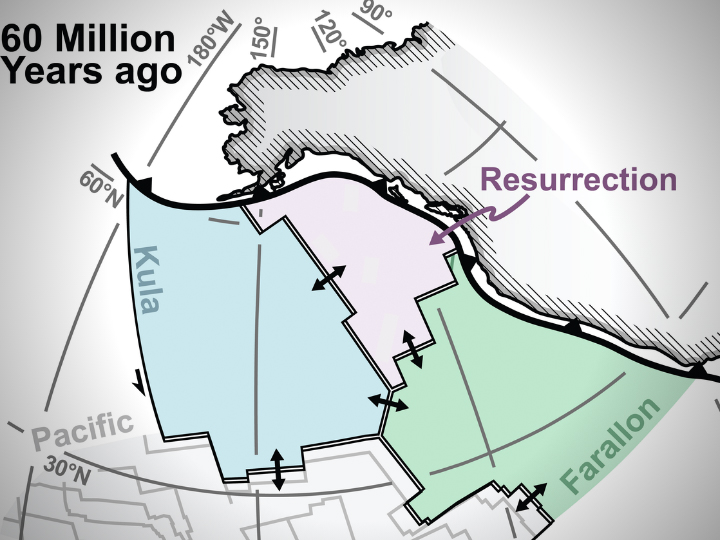'Lost' tectonic plate called Resurrection hidden under the Pacific

Scientists have reconstructed a long-lost tectonic plate that may have given rise to an arc of volcanoes in the Pacific Ocean 60 million years ago.
The plate, dubbed Resurrection, has long been controversial among geophysicists, as some believe it never existed. But the new reconstruction puts the edge of the rocky plate along a line of known ancient volcanoes, suggesting that it was once part of the crust (Earth's top layer) in what is today northern Canada.
"Volcanoes form at plate boundaries, and the more plates you have, the more volcanoes you have," Jonny Wu, a geologist at the University of Houston, said in a statement. "Volcanoes also affect climate change. So, when you are trying to model the Earth and understand how climate has changed ... you really want to know how many volcanoes there have been on Earth."
Related: 10 ways Earth revealed its weirdness


Wu and his co-author, University of Houston geology doctoral candidate Spencer Fuston, used a computer model of Earth's crust to "unfold" the movement of tectonic plates since the early Cenozoic, the geological era that began 66 million years ago. Geophysicists already knew that there were two plates in the Pacific at that time, the Kula plate and the Farallon plate.
Because lots of magma is present east of the former location of these plates in what is today Alaska and Washington, some geophysicists argued there was a missing piece in the puzzle — a theoretical plate they called Resurrection. This magma would have been left behind by volcanic activity at the plate's edge.
All of these plates have long since dived beneath Earth's crust in a process called subduction. Wu and Fuston used the computer reconstruction to undo this subduction, virtually raising the plates back to the surface and rewinding their motion. When they did, they found that Resurrection did indeed fit into the picture. They reported their findings Oct. 19 in the journal GSA Bulletin.
Sign up for the Live Science daily newsletter now
Get the world’s most fascinating discoveries delivered straight to your inbox.
"When 'raised' back to the Earth's surface and reconstructed, the boundaries of this ancient Resurrection tectonic plate match well with the ancient volcanic belts in Washington State and Alaska, providing a much sought-after link between the ancient Pacific Ocean and the North American geologic record," Wu said.
Originally published in Live Science.

Stephanie Pappas is a contributing writer for Live Science, covering topics ranging from geoscience to archaeology to the human brain and behavior. She was previously a senior writer for Live Science but is now a freelancer based in Denver, Colorado, and regularly contributes to Scientific American and The Monitor, the monthly magazine of the American Psychological Association. Stephanie received a bachelor's degree in psychology from the University of South Carolina and a graduate certificate in science communication from the University of California, Santa Cruz.









